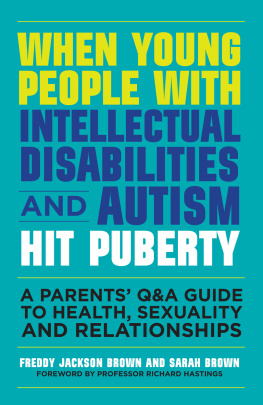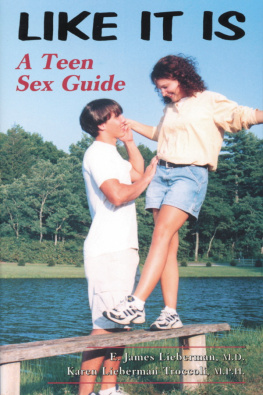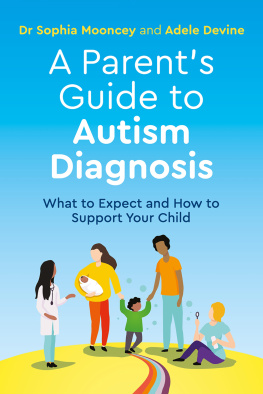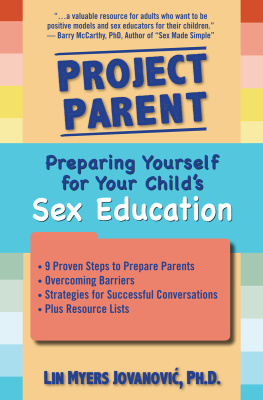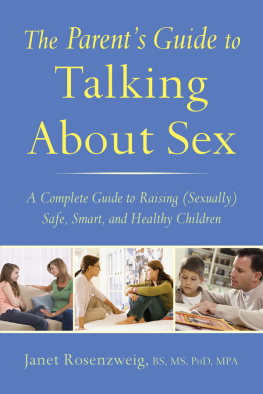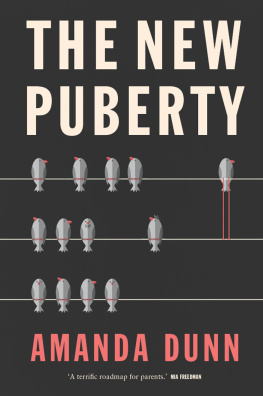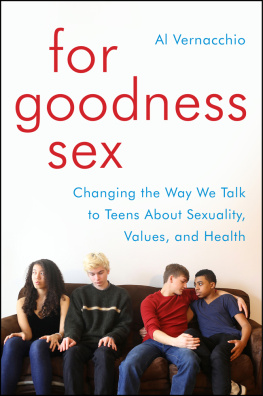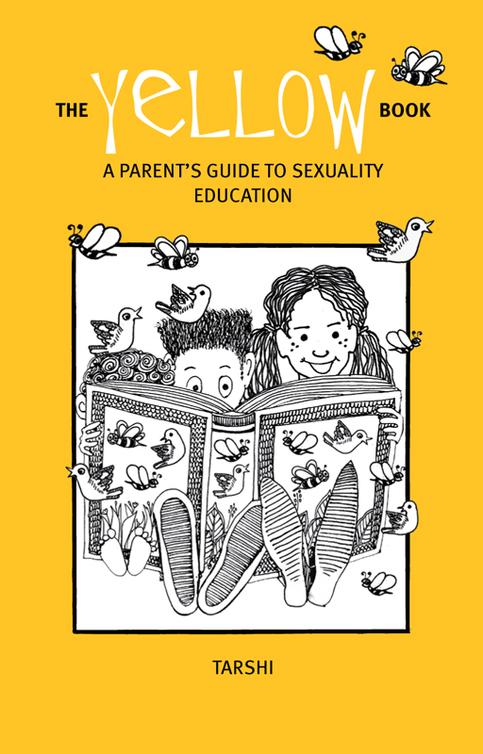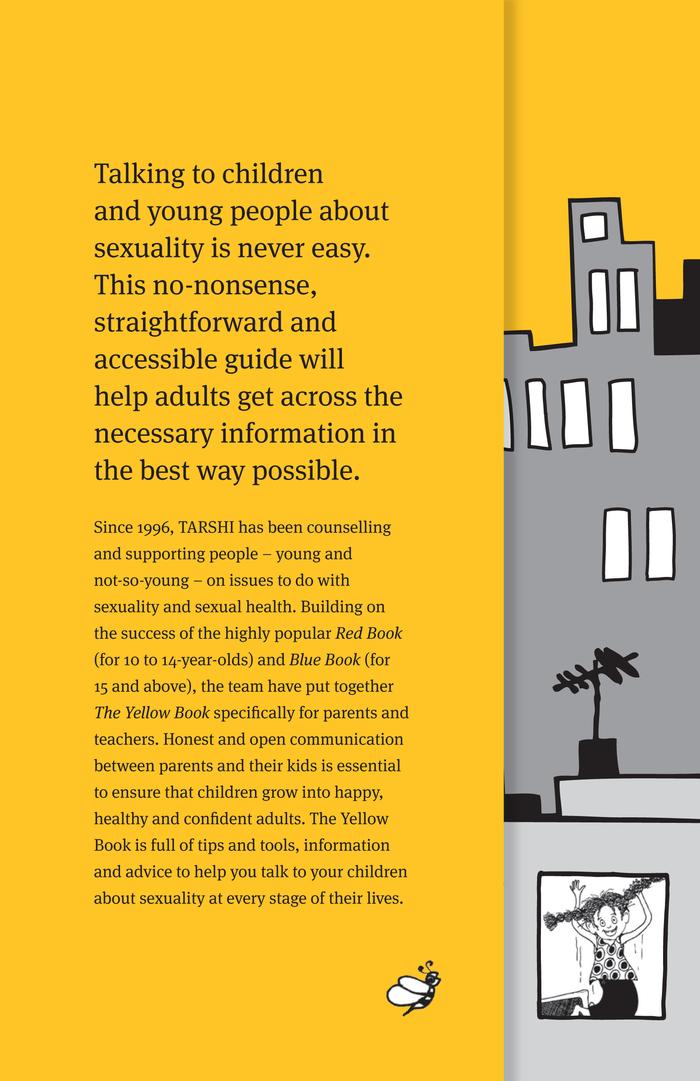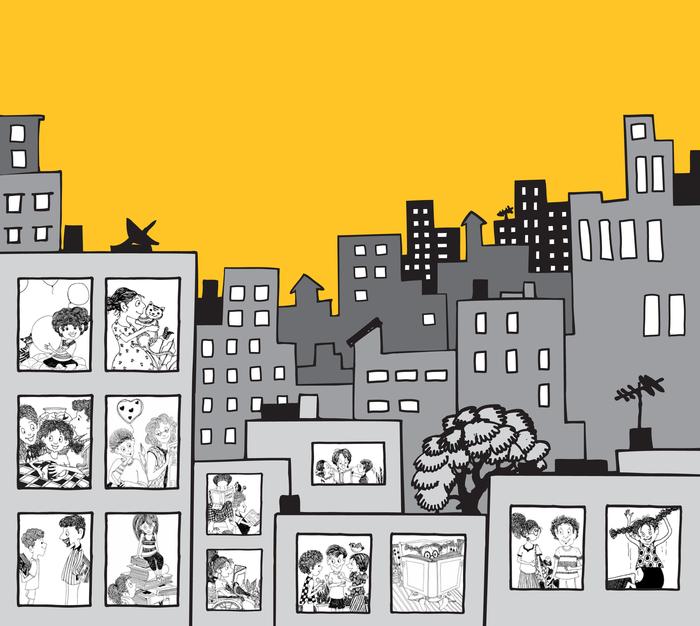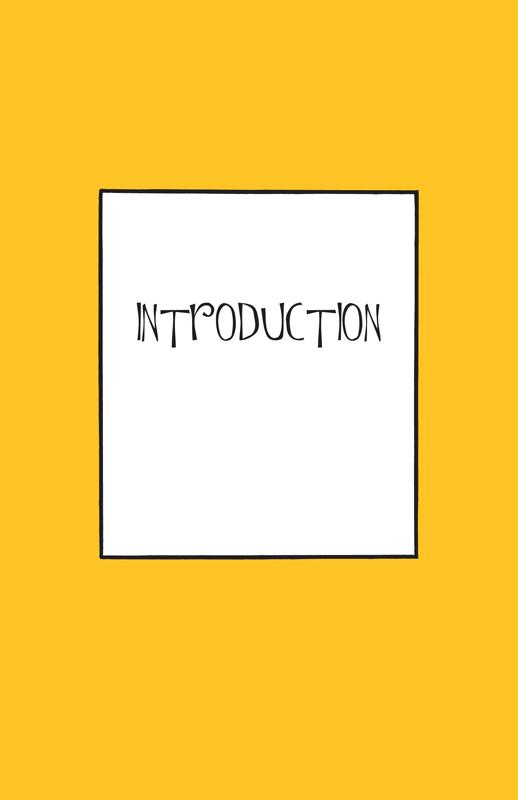This book has emerged after focus group discussions with adults who came together in varying capacities fathers, mothers, teachers, sisters, brothers, aunts, uncles and NGO staff to give their inputs to help produce this book. Thank you for your time and your verbal and written feedback on the draft of this book.
Although the writing and editing were largely done by Prabha Nagaraja and Radhika Chandiramani, this book would not have been possible without the enthusiasm and work of the entire team at TARSHI especially, Gunjan Sharmas feedback and ideas, Sameera Ahmeds assistance, and Janette Sunitas administrative support.
All participants of our brainstorming meetings particularly representatives of AADI, CREA, Ideosync Media Collective, Nalamdana and other NGOs, teachers of Ryan International School, Social Work students and faculty of Jamia Milia Islamia, students and faculty from various schools and colleges, parents of children of different age groups and volunteers from India and abroad.
Lauren Hartman for organising the scenarios and script.
Sherna Dastur for design, layout, and unfailing good cheer.
Kanak Shashi for distinctive illustrations and much patience.
Zubaan and Anita Roy for feedback and encouragement.
The John D. and Catherine T. MacArthur Foundation for their support of this project.
INTRODUCTION
R amesh, age 12, asks, Mummy, what is a sanitary pad? Mummy responds What foolish questions you ask, Ramesh!
What is sex? asks eight-year-old Saira. Her progressive mum settles herself down and proceeds to tell Saira. After about five minutes, Saira becoming increasingly fidgety and distracted, hops up and down, and says, All that is ok, but what do I write on the form that swimming teacher gave me? Here, below my name, what do I write?
Two mothers, two different responses. It could equally well be two fathers and two different responses.
Lets get one thing out of the way right at the beginning. It is not easy to talk with kids about sex and to know what to tell them. Adults devise all kinds of strategies to avoid it: steering the conversation in a different direction; looking stern or vacant and generally unapproachable; leaving the room in a hurry if something remotely sexual appears on TV or making a silly joke about it. Maybe you have used some such avoidance tactics or have come up with other really creative ones. Now you dont need to anymore.
You may be a parent or a teacher wondering how to talk to a young person about sexuality. You may be familiar with the following thoughts:
* What do I say now that my child is growing up?
* How much do I tell?
* How do I say it?
* What if this encourages experimentation?
* Will all this information harm my kids instead of protecting them? They are still children after all
* What if my information is incorrect? Where can I get accurate information or where can I refer them to for correct information?
* What age is appropriate for what kind of information?
* What if they stop respecting me? Will they think that I am strange to be talking about these things?
* What might they tell their friends?
* Will this information rob them of their innocence?
This book gives you answers to your questions, tells you about the main messages to give to your kids, gives you tips on how to talk with them and points you in the direction of other resources that you can also consult. Lets get started.
WHY DO YOU NEED TO TALK WITH YOUR KIDS ABOUT SEXUALITY AT ALL?
Gone are the days when we could act like ostriches and not talk about sex and sexuality with our children, hoping that they find the answers on their own. In todays world, sexuality is all around us. It is used to sell everything from soap to serials (and cereals, as well). Children are also exposed to these images and information. Your favourite newspaper, magazines, TV programmes and movies all probably have images, words, and concepts that are related to sexuality.
Todays youngsters face age-old concerns while growing up about changes in their bodies, forbidden feelings, attraction to others, curiosity about sex and reproduction etc. They are also bombarded with mixed messages from beauty pageants, lingerie advertisements, the sex and violence of computer games, the saas-bahu serials on Indian satellite television, and the celebration of elaborate weddings, festivals and other rituals. While a lot of it is interesting and entertaining, there is much out there that can be confusing and contradictory. There is a lot for them to process and figure out.
How long can you hope or pretend that your kids have not noticed these messages and images and are not curious about them? They have probably already come to their own conclusions crafted with the equally half-baked ideas of their friends about what they might mean. Its amazing how often, when dealing with things we dont really understand, we add 2+2 and arrive at 22!
Young people today know a lot but they also need accurate, matter-of-fact information on sex and sexuality as well as the skills to be able to lead safe and happy lives now and in the future. Usually, the information they get is bitty and incomplete, further confusing curious young minds. Comprehensive, age-appropriate sexuality education would go a long way in helping young people negotiate safer lives for themselves as well as inculcating a sense of respect for others and their rights.



